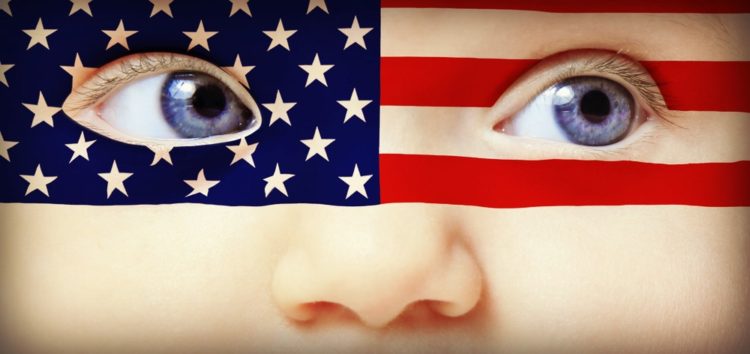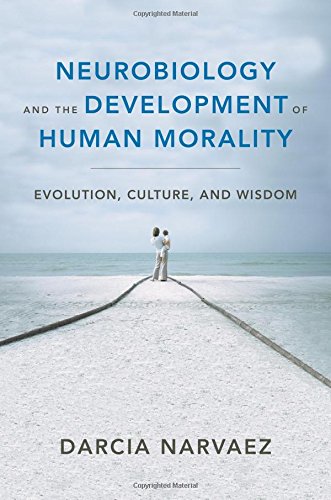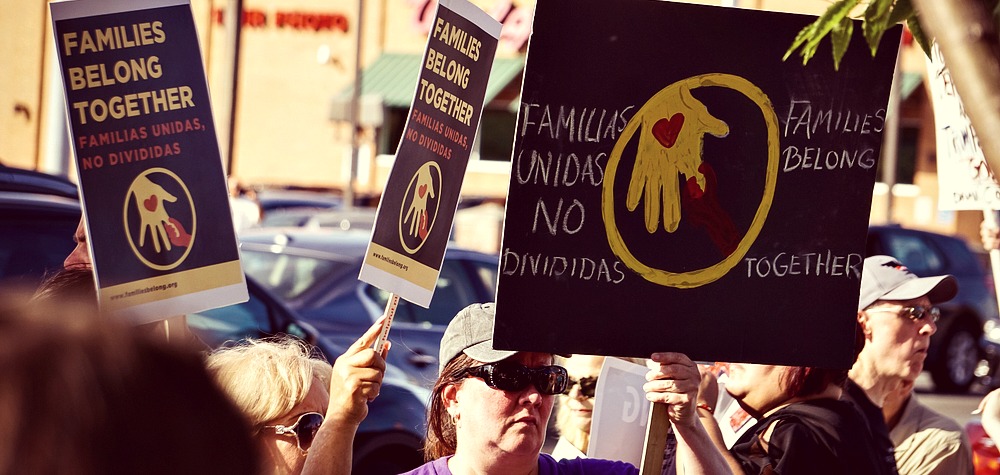“Government-Sanctioned Child Abuse”: Border Separation
CAPTION: DETROIT, MICHIGAN – JUNE 14, 2018: Protestors display multi-lingual signs at the protest to Keep Families Together in Detroit. (Spanish on sign translates to: “Families United, not Divided”). Photo by Shutterstock/Stephanie Kenner
Government officials are doing irreparable harm to families seeking asylum. They are separating children from their families, no matter the age of the child.
The American Academy of Pediatrics (AAP) and over 200 other child welfare organizations, which have become increasingly sensitized to early life stress, have condemned the practice of child-parent separations. The head of the AAP, Colleen Kraft, has written an op-ed against it.
She says: “Officials at the Department of Homeland Security claim they act solely ‘to protect the best interests of minor children.'”
Hardly.
Is it ignorance or malice? We don’t know, but the justifications sound both ignorant and malicious.
What ignorance are they displaying? Here is a short description:

Human children are not like other animals. They are born so immature they look like fetuses of other animals till about 18 months of age. In the first years of life, children co-construct their biological and social capacities, organizing their basic features around the experiences they have. The norms for our species is the evolved nest. One specific need that separation denies is physical affection from known caregivers. This need among social mammals like us was well documented by Harry Harlow’s monkey experiments. Young monkeys deprived of their mother’s touch developed into aggressive and socially awkward individuals, never to recover.
Extensive distress shifts development, undermining what otherwise develops in a loving supportive environment–biologically healthy systems and social engagement. Instead extensive distress enhances primitive survival mechanisms in ways that grow to harm self and others—e.g., the stress response becomes hyperreactive. Because the first years of life are so sensitive to experience, the individual may never recover to reach their full potential (although they may recover enough to survive—i.e., what is often called “resilience”).
As I note in my work (e.g., Narvaez, 2017), the USA is about the worst place to raise a young child because of the ignorance of early life needs and the lack of support for new parents (e.g., we are one of the handful of countries in the world without maternal leave after birth).

Consequently, US kids experience routine early toxic stress and but also undercare, the lack of our species evolved nest.
Early life stress and undercare lead to underdeveloped or misdeveloped adults. We should not be surprised that US adults make such bad, insensitive decisions, based on their own experience and lack of education.
Is the policy malicious? Yes, that too. The fear mongering promoted by current politicians—e.g., that refugees are dangerous—makes it seem logical that you “manage” the borders in any way to keep the insiders safe.
On a neurobiological level, when you toxically raise a populace, it is more susceptible to threat cues, more stress reactive (Lupien et al., 2009). That means you can scare them easily, like using rhetoric against “outsiders”. Americans have become more and more fearful in recent generations. This also causes you to close down in the face of victims—you become so personally distressed you cannot feel sympathy.
I attribute these characteristics primarily to the undermining of child raising, with its routine undercare and trauma, that compounds over generations (Narvaez, 2014).
On a cultural level, the mindset of white superiority that is held implicitly by many in the US leads to a dehumanization of people with different colors or backgrounds. The current administration has signaled its preference for white people in multiple ways.
Nevertheless, all white US citizens come from immigrant stock. “Whiteness” is an artificial construct. Genetically, race does not exist—it is an illusion, a social construct.
America used to display different values, as displayed in the poem by Emma Lazarus on the Statue of Liberty:
“…Give me your tired, your poor,
Your huddled masses yearning to breathe free”
Can the USA get back to kindness towards refugees, to being a strong, compassionate society? It may take both wise child raising and cultural reinvention.
References

Harlow, H. (1958). The nature of love. American Psychologist, 13, 673-685.
Lupien, S.J., McEwen, B.S., Gunnar, M.R., & Heim, C. (2009). Effects of stress throughout the lifespan on the brain, behaviour and cognition, Nature Reviews Neuroscience, 10(6), 434-445.
Narvaez, D. (2014). Neurobiology and the development of human morality: Evolution, culture and wisdom. New York, NY: W.W. Norton.
Narvaez, D. (2017). Getting back on track to being human. Interdisciplinary Journal of Partnership Studies, 4(1), March 2, 2017 Online publication available at: https://pubs.lib.umn.edu/index.php/ijps/issue/view/17
Shonkoff, J.P., & Phillips, D.A. (Eds.) (2000). From neurons to neighborhoods: The science of early childhood development (Board on Children, Youth, and Families, National Research Council and Institute of Medicine). Washington, D.C.: National Academy Press.
Shonkoff, J.P., Garner, A.S. The Committee on Psychosocial Childhood, Adoption, and Dependent Care, and Section on Developmental and Behavioral Pediatrics, Dobbins, M.I., Earls, M.F., McGuinn, L., … & Wood, D.L. (2012). The lifelong effects of early childhood adversity and toxic stress. Pediatrics, 129, e232 (originally published online December 26, 2011)
Trevathan, W.R. (2011). Human birth: An evolutionary perspective, 2nd ed.. New York: Aldine de Gruyter.
Photo Shutterstock/Tawan Jz


